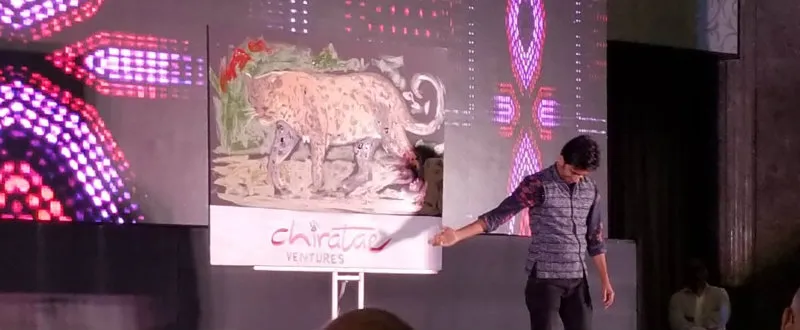What's in a name? Why IDG Ventures India rebranded itself as Chiratae Ventures
Venture capital firm IDG Ventures India has rebranded itself, and will now be called Chiratae Ventures, it said in a press release. The firm, which has assets under advisory at over $470 million, said the move signifies its focus on staying agile and sharp, like a ‘Chiratae’, or leopard, in the everchanging startup ecosystem.

It added that several members from the team were wildlife enthusiasts, and the new branding resonated with them.
IDG Ventures was founded in 2006 by Sudhir Sethi and T.C. Meenakshisundaram, and has so far backed 76 companies including Flipkart, Myntra, FirstCry, XpressBees, Newgen, Lenskart, Manthan, NestAway, PolicyBazaar, and Yatra, among others.
On the new branding, Founder and Chairman Sudhir Sethi said, “The Indian ecosystem is fast evolving. India is reinventing itself at every level... Our passion is to back Indian entrepreneurs repeatedly, and grow with world-class entrepreneurs in India... The last decade saw a growth of 10X, the coming decade will see 20X in entrepreneurial activity in India.”

He added that investors need to reinvent for the new India, and Chiratae Ventures recognises that India is changing rapidly, and the coming years would need the venture capital firm to be more agile and innovative. "As investors, we will not only scale our investments rapidly, but also our exits and returns to our LPs. To reflect the essence of this change, we are changing our identity."
Founder and Managing Director TC Meenakshisundaram said Chiratae Ventures' rupee capital from domestic investors constituted over 40 percent of the funds raised today, and that gave the firm deep India expertise.
"While we become more and more deeply rooted as Indian, our footprint stays global. Many of our companies are based outside India; many are expanding to multiple new geographies, be it HealthifyMe in Asia, Unbxd in US, CloudCherry in Middle East. We are Indians at heart and at the same time global in our approach with a strong footprint in the US, India, Middle East, and South East Asia.”







